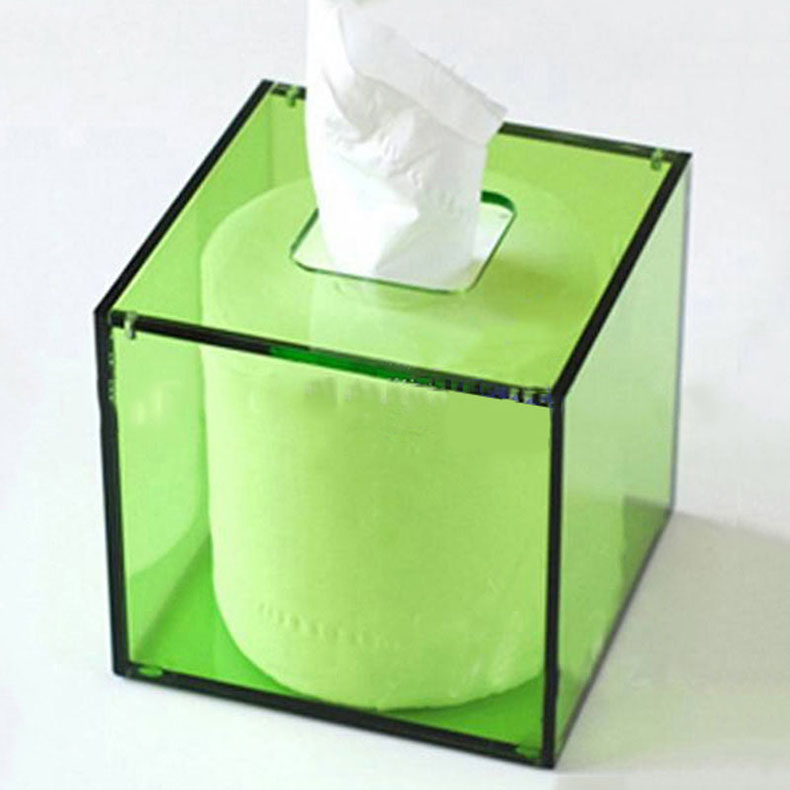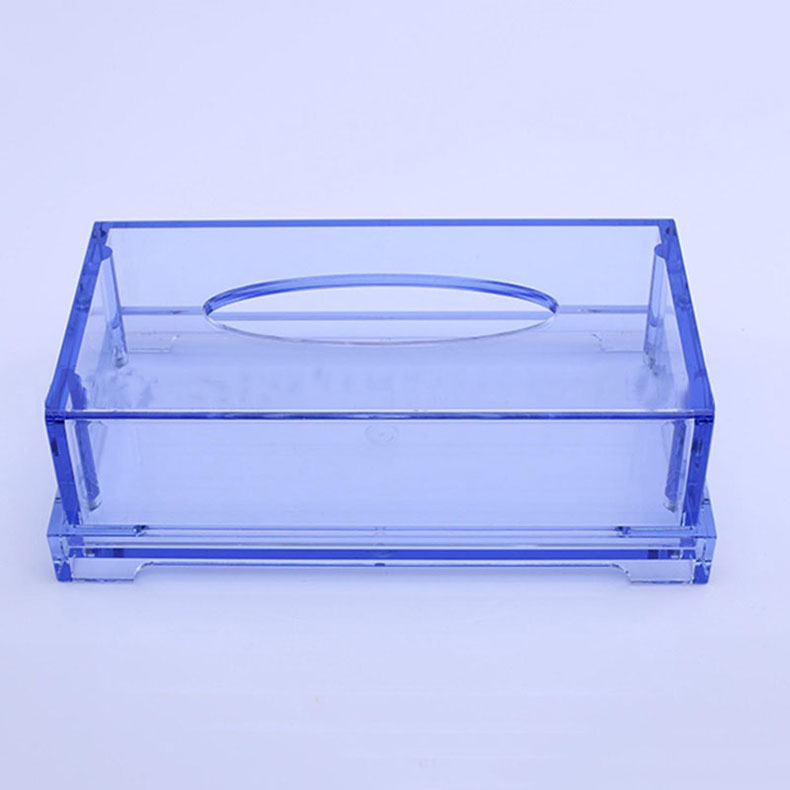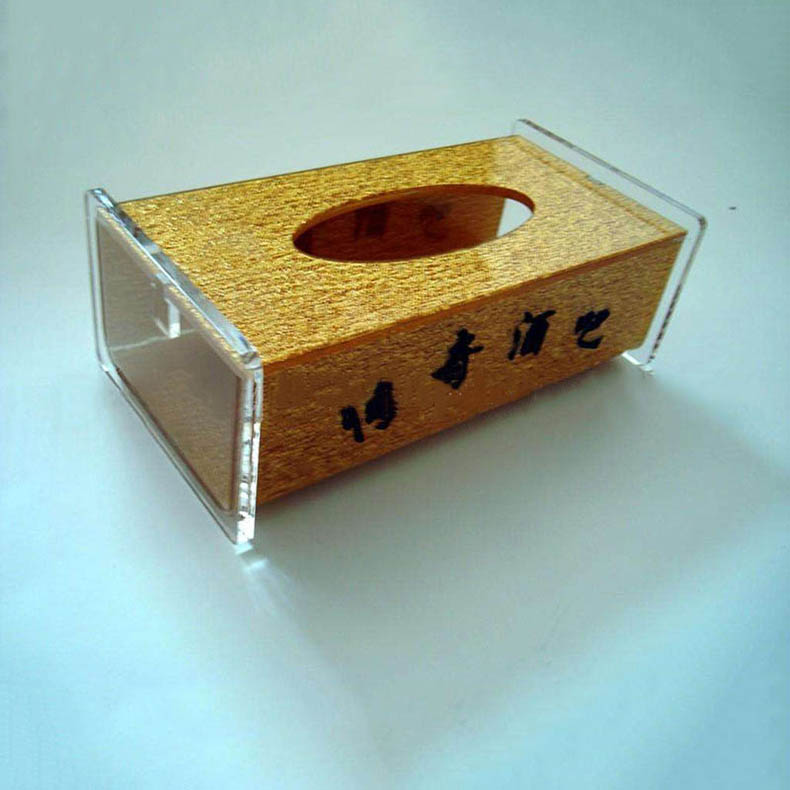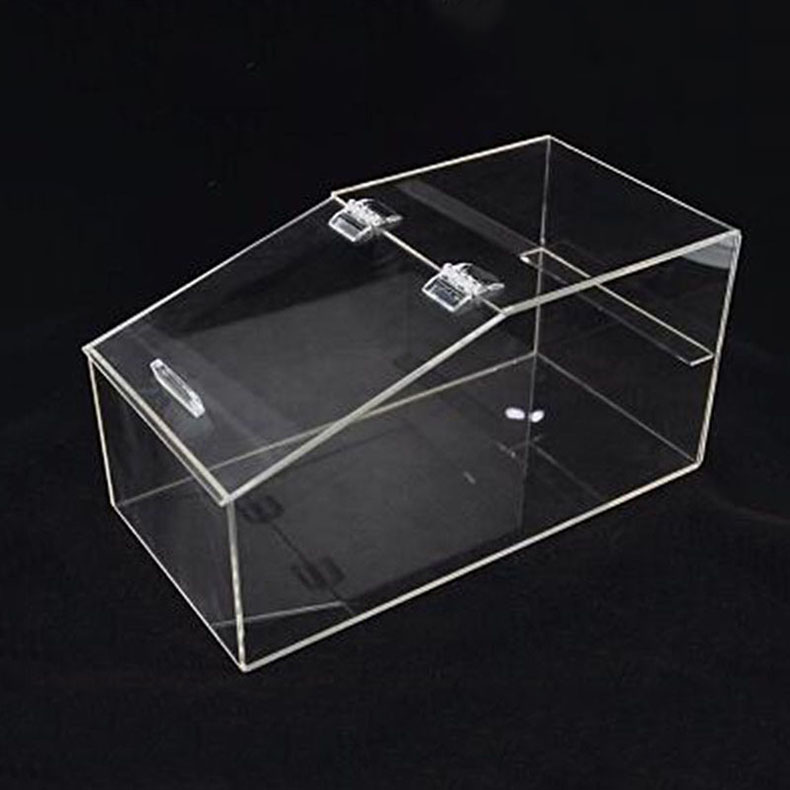Is acrylic basically plastic?
Acrylic, often referred to as acrylic plastic, is indeed a type of plastic, specifically a synthetic polymer material. However, to simply label it as “basically plastic” would be an oversimplification, as acrylic possesses unique properties and uses that distinguish it from other plastics.
To understand acrylic’s place within the plastics family, it’s important to first define what plastic is. Plastics are synthetic or semi-synthetic organic polymers used in a wide range of applications. They are moldable and can be shaped into various forms, making them versatile and widely used in manufacturing. Acrylic is one such plastic, but it stands out due to its transparency, durability, and resistance to weathering.
Acrylic is a transparent thermoplastic homopolymer known for its clarity and durability. It is often used as a substitute for glass, especially in applications where shatter-resistance is crucial, such as windows, skylights, and display cases. Acrylic’s transparency, coupled with its lightness and shatter-resistance, makes it a popular material for aquariums, signs, and even some optical applications.
Moreover, acrylic is known for its excellent weatherability. It can withstand exposure to sunlight, rain, snow, and extreme temperatures without significant degradation, making it suitable for outdoor use. This durability, combined with its aesthetic appeal, has led to acrylic’s widespread use in various industries, including architecture, advertising, and even fashion.
The manufacturing process of acrylic involves polymerization of acrylic acid or its derivatives. This process yields a material that is both strong and flexible, with excellent optical properties. The resulting acrylic sheets can be easily cut, shaped, and formed into desired shapes and sizes, making it a versatile material for designers and manufacturers.
In contrast to other plastics, acrylic’s unique selling point is its transparency and durability. For instance, polyethylene (PE) and polypropylene (PP), two commonly used plastics, are known for their flexibility and chemical resistance but lack the transparency of acrylic. Polystyrene (PS), another type of plastic, is transparent but not as durable as acrylic.
Acrylic’s popularity in various applications stems from its balance of aesthetic and functional properties. In displays and signage, acrylic provides a clear and durable medium for communicating messages. In aquariums, its transparency and durability make it an ideal material for housing and displaying aquatic life. Additionally, acrylic’s resistance to weathering makes it suitable for outdoor furniture, windows, and other architectural features.
However, acrylic also has its limitations. It is susceptible to scratching, and while it is shatter-resistant, it can still crack or break under extreme stress. Furthermore, acrylic is flammable and may release toxic fumes when burned, which limits its use in certain applications.
The environmental impact of acrylic production and disposal is also a consideration. Like other plastics, acrylic does not biodegrade easily and can persist in the environment for long periods. Recycling acrylic is possible but may not always be feasible due to the limited number of recycling facilities and the complexity of the recycling process.
In conclusion, acrylic is indeed a type of plastic, but its unique properties such as transparency, durability, and weatherability, distinguish it from other plastics. While it has many advantages, its limitations and environmental impacts should also be considered when choosing materials for various applications.
Despite acrylic’s widespread use and popularity, the future of plastics, including acrylic, faces challenges related to sustainability and environmental impact. With increasing awareness of the negative effects of plastic pollution, there is a growing demand for biodegradable or compostable alternatives. However, these alternatives often lack the durability, transparency, and versatility of acrylic, making it difficult to fully replace in certain applications.
Therefore, it is important to strike a balance between the benefits of acrylic and the need to reduce plastic waste. This can be achieved through responsible production, use, and disposal practices, as well as exploring new and innovative materials that combine the best of acrylic’s properties with reduced environmental impact.
In summary, acrylic is a type of plastic known for its transparency, durability, and weatherability. While it has many advantages, its environmental impact and flammability are important considerations. The future of acrylic, and plastics generally, will likely involve a focus on sustainability and responsible use.








